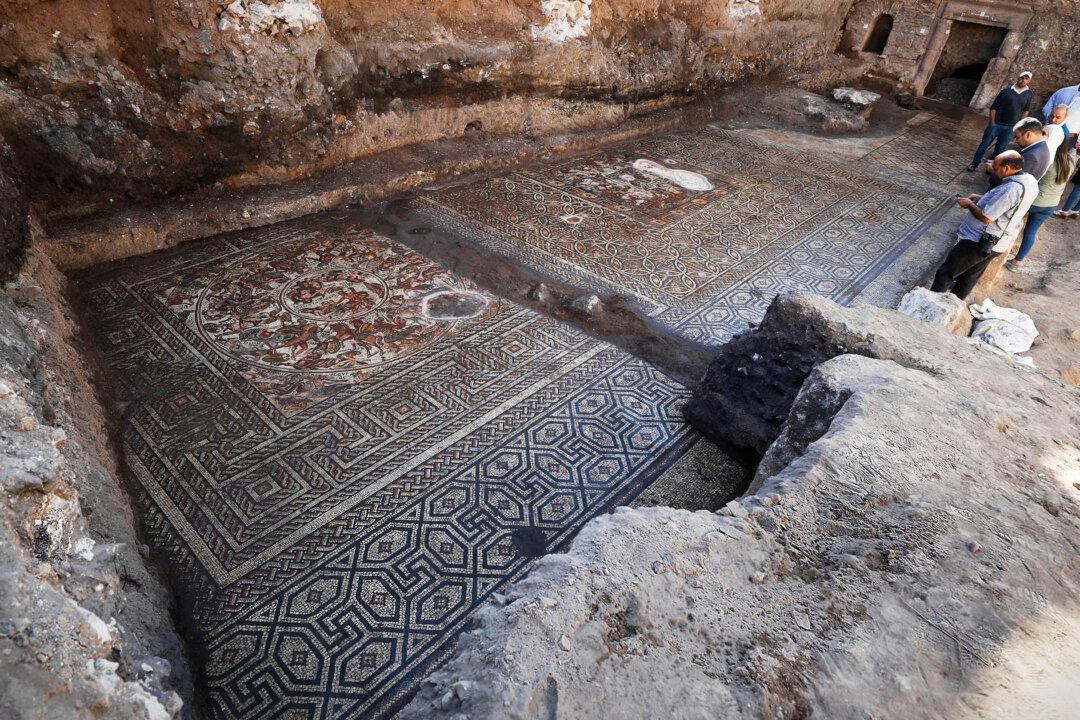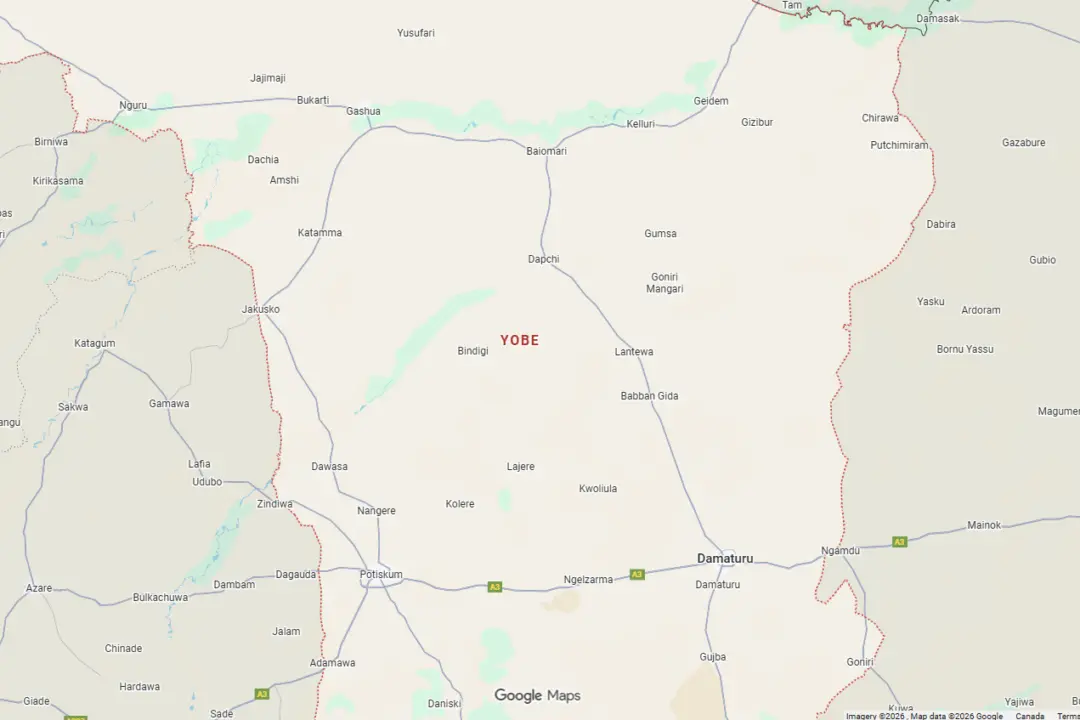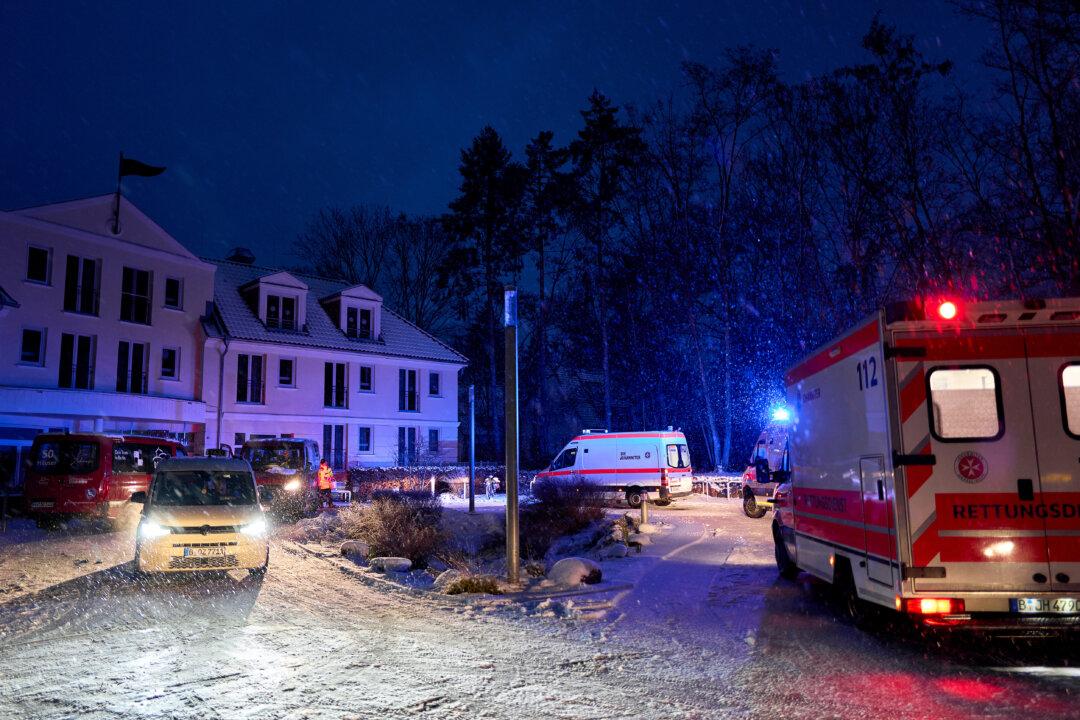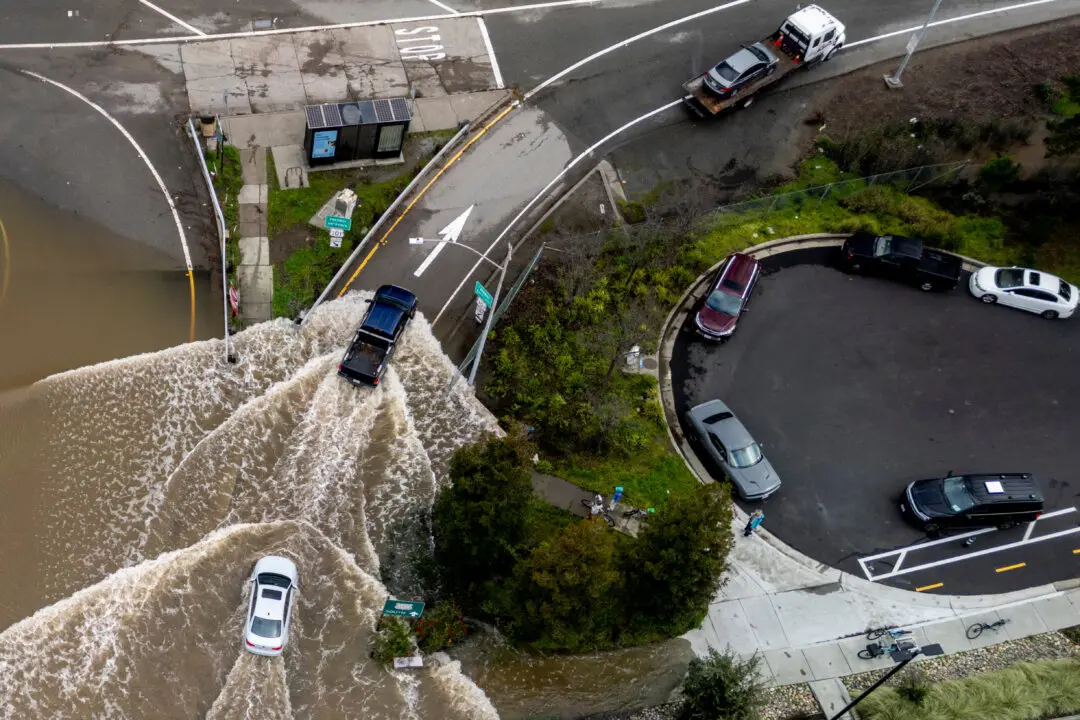Syrian researchers have uncovered a large intact mosaic that dates back to the Roman era, describing it on Oct. 12 as the most important archaeological discovery since the country’s conflict began 11 years ago.
Journalists were shown the mosaic in the central town of Rastan near Homs, Syria’s third-largest city.






